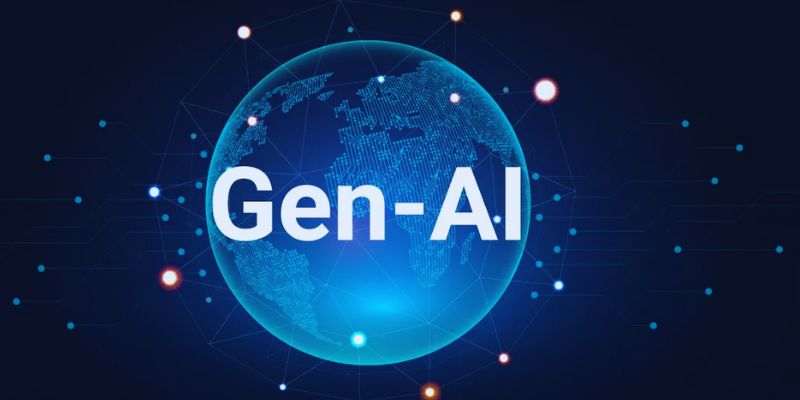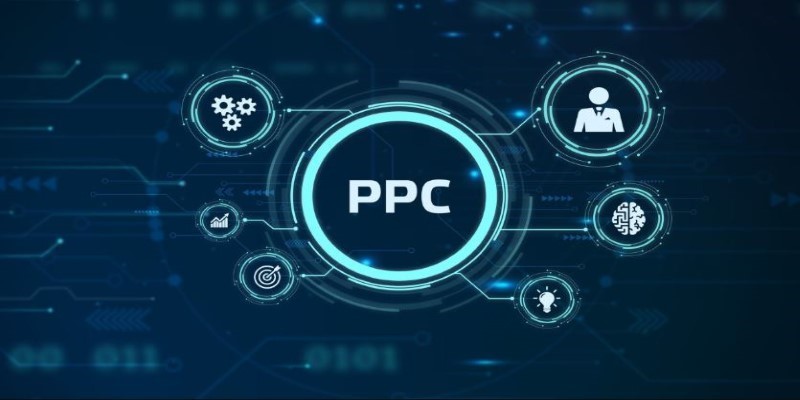Technology is bringing many innovative changes in the business industry. It has helped businesses to improve their customer service with the aid of voice-based conversational AI. This AI system can understand and respond to human speech. As a result, customers get more quick responses, and their problems get resolved in no time. This voice AI can serve more people at once and provide a more personalized experience. But can it replace human customer service? In this article, we will discuss how businesses can save on customer service and what technologies are involved in voice-based conversational AI that make it the best.
The reason behind high customer service costs
There are several factors for which the cost of customer service ownership is very high. Businesses have to pay the salaries of the customer support teams, which is the biggest cost. Moreover, they must train the team and provide them with the tools. However, these expenses continue to increase with the expansion of business. Especially if you are planning to build a company from scratch, then a customer support team will cost you even more. Also, if your customer service relies on outdated tools and methods, there is a higher chance that your sales will be affected because customers always want smooth and efficient service. With the introduction of voice-based conversational AI, all these problems are resolved, and businesses have cost-effective solutions.

How voice AI reduces the cost of customer service
Voice-based conversational AI reduces your cost of service customer support in multiple ways. Some of the ways are given below:
Automates routine customer queries
Voice AI handles multiple queries at the same time by itself, such as order tracking, return policies, or store locations. Hence, where each query requires many humans to work, AI does it without the need for human agents. This will save time and money and allow human agents to work on more complex issues.
Reduces staff costs and premium pay
Companies can easily cut off the cost of hiring additional staff by training voice AI to manage routine calls. With this technology, multiple calls can be handled at the same time. Voice AI does not need overtime or premium pay for night shifts or holidays. This ensures round-the-clock availability for customers. It also avoids extra expenses associated with human staffing during non-business hours.
Cuts off operational expenses
Voice AI reduces operational costs by automating call routing, CRM updates, and ticket creation. These efficiencies lower the cost per call and minimize the resources needed to run a contact center. So, you can easily invest this money in improving product quality to gain customers' trust.
Offers 24/7 support
Voice-based conversational AI provides continuous and quick service at any time of day or night. This helps build customer trust and satisfaction. It also reduces the need for extra staff during off-hours. Moreover, the way AI handles large numbers of calls at the same time is difficult for humans to manage. During peak times or special events, it ensures that customers are served without delays or disruptions.

What makes voice AI work so well?
When it comes to the reliability of voice AI, you should know that different technologies are involved. Some of the main technologies are explained below:
Natural Language Processing (NLP)
Natural Language Processing (NLP) is a foundational technology in voice AI that helps systems understand and interpret human language. When a customer provides text input, NLP analyzes the words and sentence structure to generate an appropriate response. NLP works with Automatic Speech Recognition (ASR) for voice-based inputs. Then, it decodes spoken language into text and understands its intent. Once the input is processed, NLP structures the unorganized data into a format that machines can read and respond to accurately. Advanced machine learning algorithms further process these responses to ensure they are precise and relevant.
Integration with CRM and Telephony Systems
Voice AI becomes even more effective when integrated with Customer Relationship Management (CRM) and telephony systems. This integration allows voice AI to access customer data, such as purchase history or previous interactions. Telephony system integration increases call routing by directing customers to the right department or agent based on their query. This reduces wait times and also improves efficiency in customer service operations.
What is the future of customer service?
The future of customer service lies between automation and human agents. AI-powered tools are excellent at handling routine tasks but lack emotional intelligence. The biggest drawback is that emotional intelligence is required for complex and sensitive issues. In this case, hybrid models have become the standard for managing AI repetitive queries. For example, AI can collect the data and ask human agents to work on them by suggesting different responses. In summary, the need for humans, even in AI, cannot be replaced, but the service can be improved by integrating AI with human agents.
Final words
As the business expands, it needs cost-effective customer service to handle all customers' queries quickly. However, human agents need salaries and training, which is unsuitable for growing businesses. In this time of need, voice-based conversational AI came ahead, offering 24/7 support and handling multiple queries simultaneously with many other benefits. But AI cannot replace humans in emotional intelligence. So, the best service model in today’s industry is the hybrid model, which uses AI integration to respond to general queries. But, at the same time, it helps human agents to solve complex and personalized queries.
FAQs (frequently asked questions)
- What is Voice AI, and how does it work in customer service?
Voice AI is a technology that uses artificial intelligence to interact with customers through voice-based conversations. It converts speech into text by Automatic Speech Recognition (ASR). Then, it analyzes the text with Natural Language Processing (NLP) to understand the intent. And generates appropriate responses using Natural Language Generation (NLG). The system then converts the response into speech using Text-to-Speech (TTS) technology.
- Can Voice AI improve customer experience?
Yes, Voice AI improves customer experience by providing quick and accurate responses. It reduces wait times and provides personalized help based on customer data.
- Is Voice AI capable of multilingual support?
Yes, Voice AI can provide multilingual support by translating customer queries quickly and responding in the customer's preferred language. This feature helps businesses handle a diverse customer base and break down language barriers.











